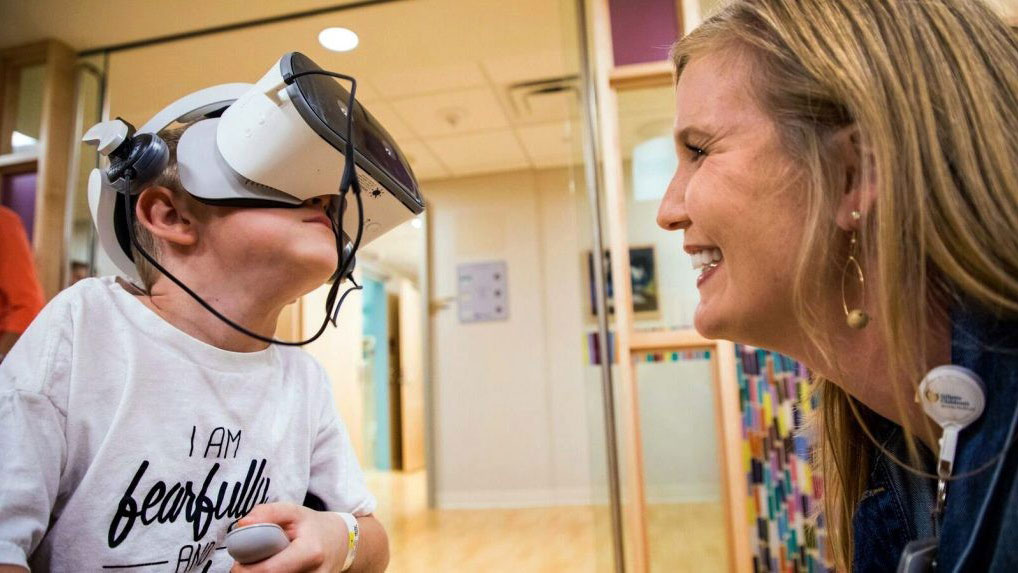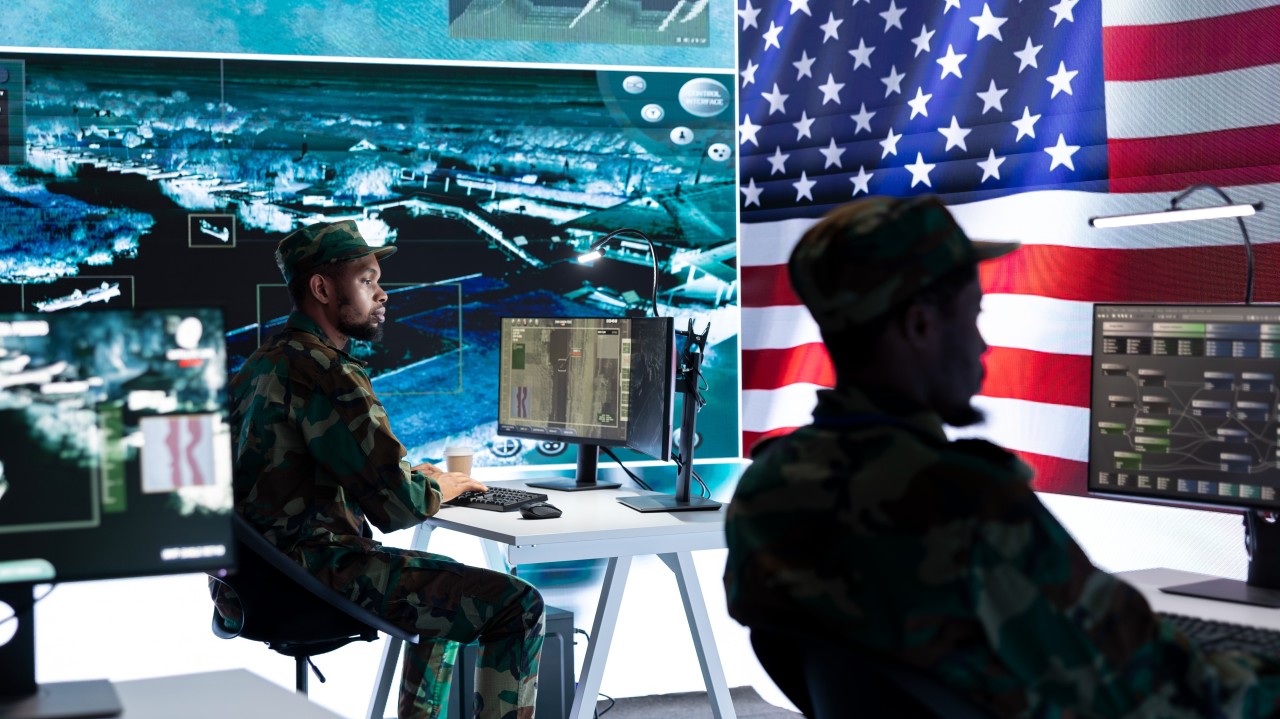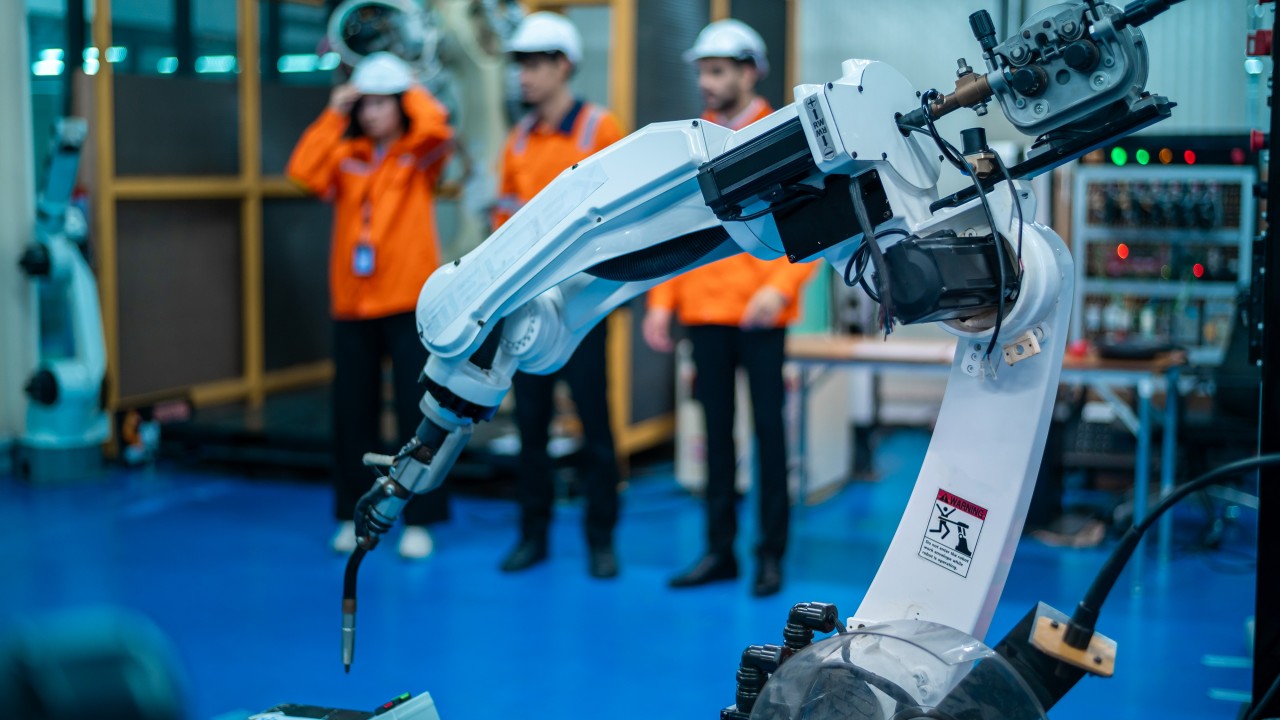
How Virtual Reality can help heal
Being in the hospital surely has its gloomy moments of despair. Patients are confined to a room and often feel bored and blue. But, something is greatly changing the way patients are being treated. That something is virtual reality (VR).
VR’s immersive experience allows patients to escape the crummy hospital and travel anywhere in the world. Engaging in VR remarkably improves hospital experiences by distracting patients from pain and stress. Investing in VR technology may even reduce the length of patients’ hospital stays, ultimately reducing the costs spent on additional care and pain-relief resources.
Clinical associate professor, Beth Darnall, says VR is like meditation, a psychological device, able to “calm the nervous system, and that dampens the pain processing.” Patients exposed to VR treatment expressed greater feelings of comfort. To test VR effectiveness, psychologist, Hunter Hoffman, analyzed patients’ MRI brain scans, indicating that the patients were, indeed, less sore and irritated post-surgery.
VR is being used on patients recovering from strokes. MindMotionPro developed a VR system, “Mindmaze”, that aids patients in arm lift and finger mobility exercises. The app focuses attention, and motivates patients with visual and auditory feedback. With an early start to this digital rehabilitation practice, patients are more likely to successfully recover and recapture lost functions. One patient commented on the experience, saying, “The time spent during these exercises makes me forget that I am in a hospital.”
Forgetting that one is in a hospital is especially important in making children feel comfortable during their hospital stay. “VisitU”, a live streaming VR smartphone app, accompanied by virtual goggles, allows patients to, hypothetically, go about their normal, daily lives. Patients place the smartphone into the goggles allowing them to visit their home, school, soccer game, and even special celebrations such as birthday parties.
A 12-year-old patient commented, “Familiar surroundings are the most important for vulnerable children.” With “VisitU” children never have to miss out on the fun. As long as their loved ones have access to a web camera, they can help patients forget all about the hospital environment. Think FaceTime, but a more immersive, three-dimensional reality. The application is being used by medical centers in the Netherlands.
In addition to post-VR treatment, virtual reality is also being used to comfort patients prior to surgery. Approximately 80% of patients’ experience anxiety before surgery. This is problematic because anxiety can cause more pain, resulting in a greater anesthetic intake prescribed for surgery; can boost chances of infection, and delay hospitalization.
Normally, the anxiety patients experience is due to a lack of operational understanding and a fear that something will go wrong. With VR, surgeons can review the operation process with the patient by virtually entering inside a 360-degree composition of the patient’s anatomy.
Patients who experienced the pre-surgery, VR review had decreased levels of fear. Primarily, children favored virtual reality over conventional, preoperative reviews such as digital bullet point presentations.
There is something about VR that brings comfort and ease into the healthcare industry. Perhaps its affinity with the real is what gives patients strength and hope.
Sources:
http://medicalfuturist.com/5-ways-medical-vr-is-changing-healthcare/
https://www.forbes.com/sites/charliefink/2017/05/24/the-bleeding-edge-of-vr-healthcare/#336fc0477ab9
https://www.bloomberg.com/news/articles/2016-08-29/hospitals-try-giving-patients-a-dose-of-vr
http://health.sunnybrook.ca/sunnyview/virtual-reality-health-care-hospital/





